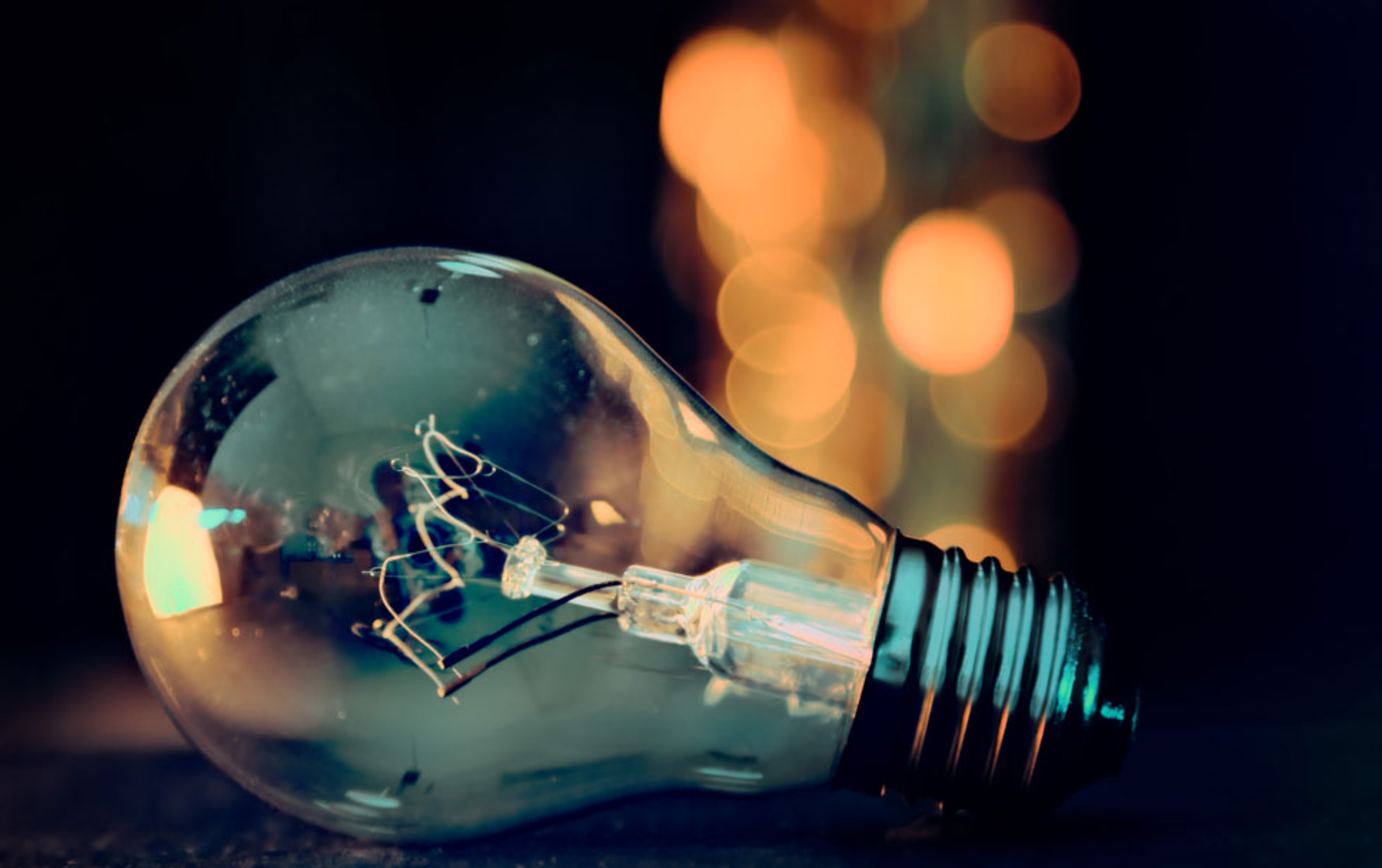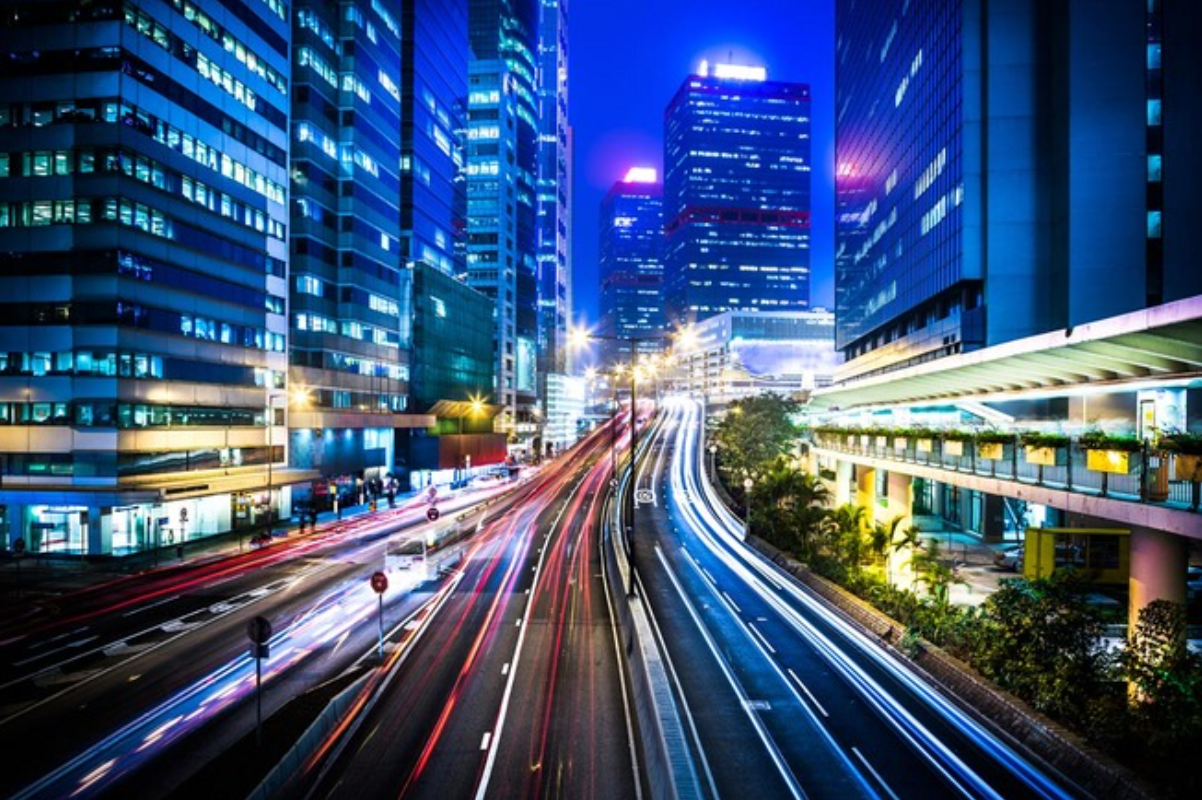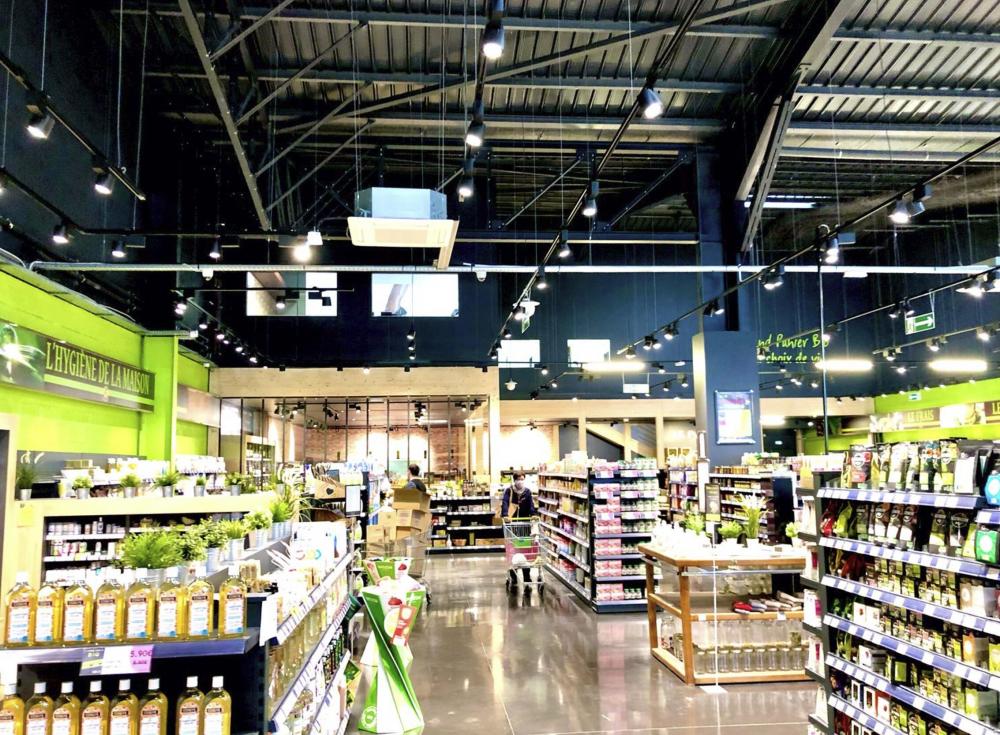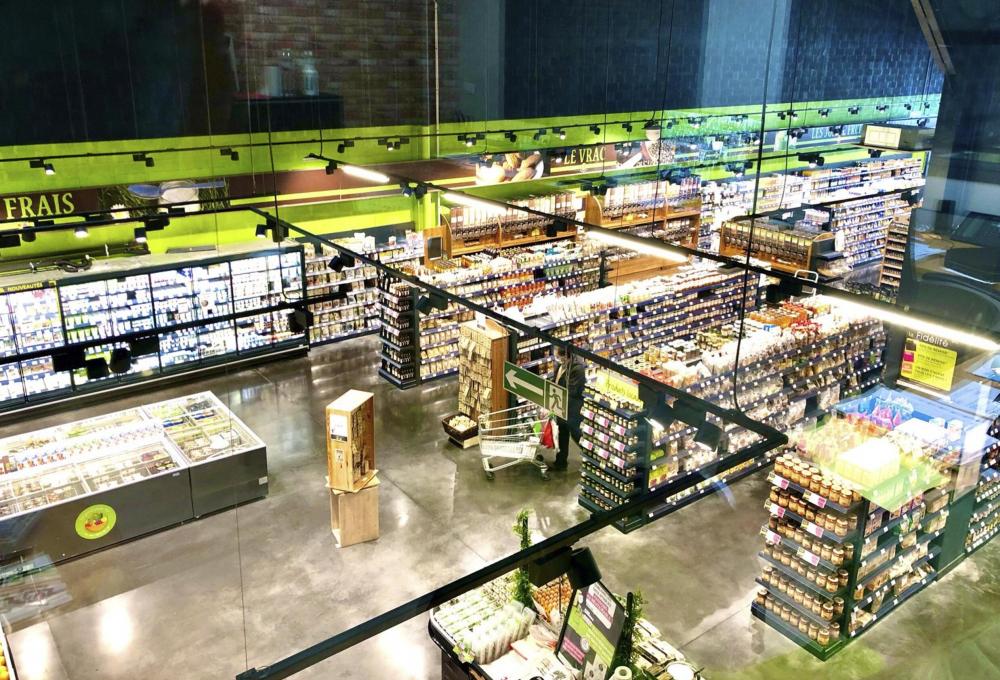
Mr. Edison Lau
Leave a message
Mr. Edison Lau
Leave a message The history of the lighting industry can be traced back to the beginning of the 19th century. What's next? Mr Zhou, Technical Director of LiteHome, looks to the future and predicts the future trends of the lighting industry.
The lighting industry has undergone earth-shaking changes

Electric artificial light developed since the beginning of the 19th century. The first LED was manufactured in the early 20th century. Looking back at the history of the lighting industry, there will inevitably be the idea that it will take a hundred years to develop the technology before the solution becomes more common in lighting. The life cycle of technology is usually very long. Before LED, the newest entrant in the lighting market may be the multi-metal lamp, which was developed in the 1960s and is still used in industrial and street lighting today.

The most important trends driving technological development are energy efficiency and manufacturing costs. Since ancient times, it has been technically possible to make durable light sources. Did you know that the most famous light bulb in the world made a hundred years ago is still there? Its operation can be monitored by on-site cameras.
The long service life makes the structure expensive and, at least in the case of the filament, is an energy cancer that produces undesirable light.
Compared with incandescent lamps, fluorescent lamps and various gas discharge lamps greatly improve the energy efficiency and service life of lighting.
Although scientists developed LEDs more than a hundred years ago, it was not until the 1960s that the first LED that produced visible light was invented. CRT manufacturers speculate that they have slowed down the development of blue and white LEDs to protect their businesses. LEDs that produce white light were not developed until the 1990s, and the trend has been huge since then.
LED has a future in the lighting industry
In the 21st century, lighting has begun to be seen as more than just a mandatory expense and a waste of electricity. The value of lighting has begun to be reflected in improving working conditions, reducing work accidents, keeping employees alert, and improving work efficiency and quality.

On the other hand, green values and increased competition in various industries caused by globalization also guide lighting choices. Lighting must be appropriate, practical, long-lasting and energy-efficient.
Among the technologies currently on the market, LED is superior in these indicators. Its life span can reach 5-10 times, and its energy consumption is less than half of competing technologies. As a bonus, LED offers a wide range of color options, and high-quality lamps using LED technology are completely flicker-free, which is an advantage in many applications with camera monitoring or rotating machines. The anti-vibration ability of high-quality LED lamps is also much better than that of thermoluminescent wires that engage on small bumps.
The weakness of LEDs is poor heat resistance. Multi-metal lamps are still provided as an alternative to high-temperature conditions.
What about LEDs?
I said earlier that in the lighting industry, an invention becomes a product and technology, and it will take about a hundred years for it to exist in the market for a long time. Looking back at history, it can be foreseen that challengers will not appear immediately in LED lights. Perhaps our expectation will be, as the ancients guessed, it will be rewarded as quickly as replacing the round chariot wheels with circles. Semiconductor research will definitely find new element combinations to further improve the energy efficiency and brightness of LEDs.
On the other hand, compared with our grandfather's time, there is more investment in research now. In fact, the craziest guess is that light production technology replicates the chemical process of Gloss Worm. Perhaps biodegradability will become an important trend, and lamps will develop into organic ones. In addition, portability and wireless may be the future trend. My guess is that future flashlights are likely to be disposable.
Maybe the street lights collect sunlight to the chemical lamp store during the day, and can be handed over from there if necessary to ensure the travel of road users. Can industrial lamps have a small fusion reactor or fuel cell to generate energy for the entire life cycle of the lamps? Or the lamp may collect dust and small particles in the air, which can be converted into energy. One option might be that we don't even need artificial light to see, but instead put a cake on our eyes to turn night into day.
What is the future lighting trend?
Since the 1960s, LED technology has developed exponentially. With the reduction of manufacturing costs, brightness, efficiency and service life have been improved. The busiest stage of development has now begun to pass. Those who look forward to better and cheaper LED lamps will be disappointed. From now on, the world market price of raw materials will have a greater impact on the price of lamps than the development and cheapness of electronic products, and technological development will no longer be so fast that it is economically feasible to postpone the maintenance of lamps.
Lighting control can improve energy efficiency and ensure that light appears in the right place at the right time-and only then. Eliminating unnecessary burning of lamps saves energy and lamps. Especially in places where people occasionally stay and places with plenty of natural light, guidance has great benefits. Lighting control is currently the fastest growing field in the lighting industry.

The color of light is another factor that affects the development and change of lighting. In the past, the color of light was largely determined by technology. Sodium light is yellow, and the light from the bulb is whiter. The light from polymetallic and halogen lamps becomes whiter again. LED lights can be used to make light of any color. It can even be adjusted.
Trends in the near future include disinfecting ultraviolet lamps and lamps with vibrant cyan lamps.
Always participate in the twists and turns of the lighting industry
If you want to upgrade the lighting in your own production, agricultural or leisure facilities to today, please contact a LiteHome expert. The best way to start a lighting update is to invite us to conduct a free lighting survey on site. Mapped access will ensure that all important details are considered, while you can resolve any issues you may encounter.
If you want to stay up to date in the future, please join our newsletter list!

Privacy statement: Your privacy is very important to Us. Our company promises not to disclose your personal information to any external company with out your explicit permission.

Fill in more information so that we can get in touch with you faster
Privacy statement: Your privacy is very important to Us. Our company promises not to disclose your personal information to any external company with out your explicit permission.